
What is ISTA 6A Packaging and Transportation Testing?
Below is a detailed explanation of ISTA 6A packaging and transportation testing, covering its definition, scope, test items, procedures, and industry applications:

Definition and Scope of ISTA 6A
• Definition:
ISTA 6A is a fULly simulated transport test procedure developed by the International Safe Transit Association (ISTA). It is part of the Amazon.com-SIOC (Ship in Own Container) test series, specifically designed to evaluate the shipping performance of products within Amazon’s fulfillment (FBA) environment.
• Core Objectives:
- To verify whether a product’s original packaging (without an additional outer box) can withstand the handling and transport process within Amazon logistics.
- To ensure that the product arrives at the end consumer without any damage.
• Scope of Application:
- Product Type: Applicable to single packaged items weighing ≤ 70 lbs (32 kg), such as boxed goods.
- Shipping Environment: Simulates the full transportation process within Amazon logistics, including warehousing, sorting, and delivery.
- Industries: Consumer goods, electronics, home goods, books, etc.
Core Test Items of ISTA 6A
ISTA 6A consists of the following critical test items:
1. Temperature and Humidity Preconditioning
• Purpose: Simulates the environmental conditions a package might experience prior to transport.
• Test Conditions:
- 23°C / 50% RH (standard conditions)
- -18°C (frozen condition)
- 38°C / 85% RH (high temperature and humidity)
- Choose one of the above conditions
- Duration: Minimum 12 hours
2. Compression Test
• Purpose: Evaluates the package’s resistance to stacking pressure.
• Test Conditions:
- Load Calculation: Based on package size and stacking height (Formula: Load = Stack Height × Weight per Unit Area)
- Pressure Application: Apply for 1 hour or until failure
• Evaluation Criteria: No significant deformation of packaging; product remains undamaged.
3. Vibration Test
• Purpose: Simulates vehicle vibrations during transportation.
• Test Conditions:
- Use of random vibration table, frequency range: 1–200 Hz
- Duration: Based on shipping distance (e.g., 1 hour simulates 2000 miles)
• Evaluation Criteria: No packaging breakage; product remains in place and undamaged.
4. Shock Test
• Purpose: Simulates impacts during handling and loading/unloading.
• Test Conditions:
- Drop Test: Drop height based on package weight (e.g., <21 lbs: 30 in; >50 lbs: 18 in)
- Incline Impact Test: Simulates vehicle sudden stops or starts (optional)
• Evaluation Criteria: No package breakage; product remains undamaged.
5. Rotational Edge Drop Test
• Purpose: Evaluates impact resistance when package edges hit the ground.
• Test Conditions:
- Rotate the package (e.g., 30°) and drop it on its edge
- Drop height based on weight (e.g., <21 lbs: 8 in)
• Evaluation Criteria: No package breakage; product remains undamaged.
6. Focused Impact Test
• Purpose: Simulates focused impacts from sorting equipment.
• Test Conditions:
- Use of impact hammer to target specific package areas (edges, corners)
- Impact energy based on package weight and size
• Evaluation Criteria: No package breakage; product remains undamaged.
7. Bridge Impact Test
• Purpose: Simulates bridge-like impacts on a conveyor system.
• Test Conditions:
- Place the package on two support points with the center suspended
- Apply impact force to the center
- Impact energy determined by weight and size
• Evaluation Criteria: No package breakage; product remains undamaged.
ISTA 6A Testing Procedure
1. Sample Preparation
• Provide complete packaging sample (including outer box, cushioning, and product)
• Ensure the sample matches the actual shipping configuration
2. Temperature and Humidity Preconditioning
• Place the sample in an environmental chamber under the selected condition for at least 12 hours
3. Compression Test
• Calculate the compression load, apply pressure, and record any deformation
4. Vibration Test
• Secure the package on a vibration table and perform the test according to parameters
5. Shock Test
• Conduct drop or incline impact test and inspect packaging and product condition
6. Rotational Edge Drop Test
• Drop the package on its edge to evaluate impact resistance
7. Focused Impact Test
• Use an impact hammer to apply focused impacts on specific package areas
8. Bridge Impact Test
• Place the package on supports and apply a center impact force
9. Result Evaluation
• Check if packaging and product meet the criteria
• Generate a test report (including photos, data, and conclusions)
Industry Application Cases
Case 1: Electronics Packaging
• Test Items: 30-inch drop test, 1-hour vibration test
• Optimization Measures: Add foam padding, use high-strength corrugated boxes
Case 2: Home Goods Packaging
• Test Items: Compression test (2-meter stack height), rotational edge drop test
• Optimization Measures: Use corner protectors, add strapping
Case 3: Book Packaging
• Test Items: 38°C / 85% RH preconditioning, focused impact test
• Optimization Measures: Use moisture-resistant film, optimize filler materials
Core Value of ISTA 6A
1. REDuces Transportation Risk:
- Identifies packaging weaknesses in advance, reducing product damage and return rates
2. Optimizes Packaging Design:
- Improves packaging materials and structure through data insights, lowering costs
3. Complies with Amazon FBA Requirements:
- Ensures that products can be shipped in their original packaging without needing additional outer boxes
4. Enhances Customer Satisfaction:
- Ensures that products arrive intact and undamaged at the consumer’s doorstep
Email:hello@jjrlab.com
Write your message here and send it to us
 What are ASTM F963 and CPSIA?
What are ASTM F963 and CPSIA?
 Comparison of ASTM F963 and EN 71
Comparison of ASTM F963 and EN 71
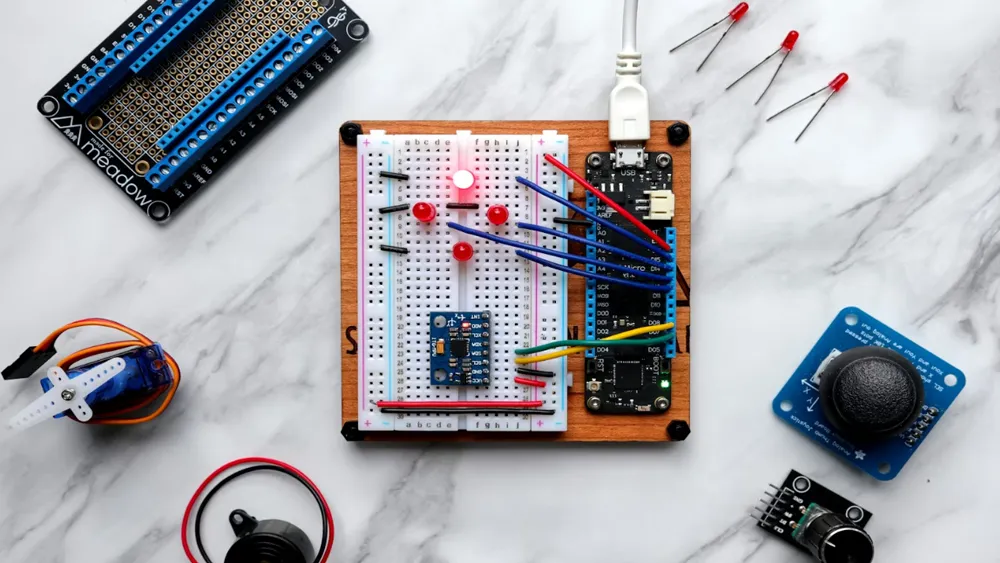 How to get CSA C22.2 NO.256:14 Test Report?
How to get CSA C22.2 NO.256:14 Test Report?
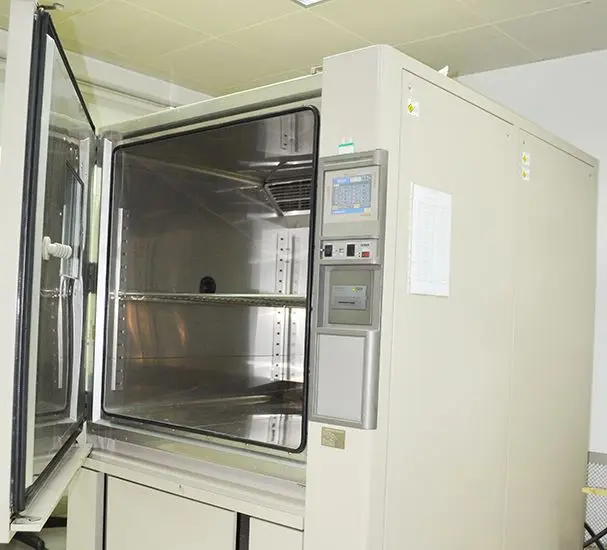 How much is the ISTA Amazon Packaging & Shippi
How much is the ISTA Amazon Packaging & Shippi
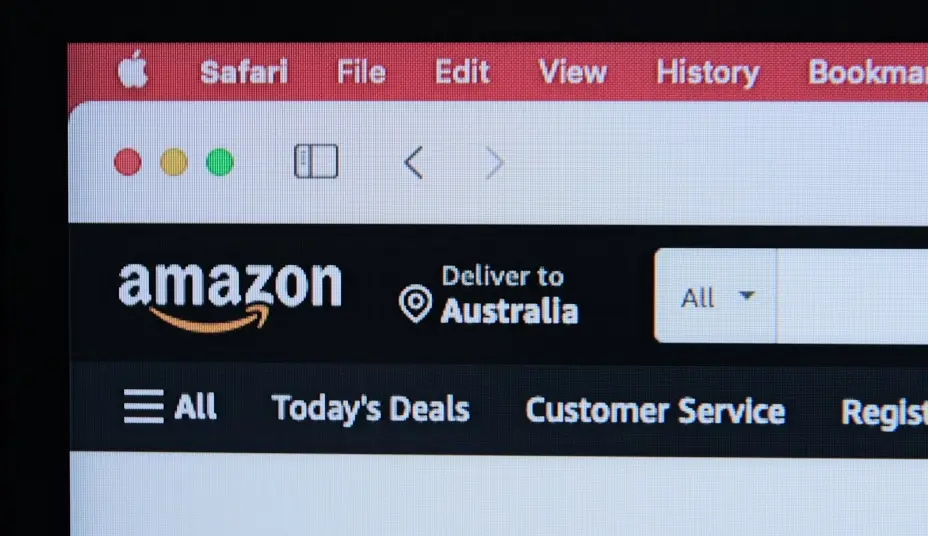 Amazon Product Laboratory Testing Requirements
Amazon Product Laboratory Testing Requirements
 How to Get EPA Certificatio
How to Get EPA Certificatio
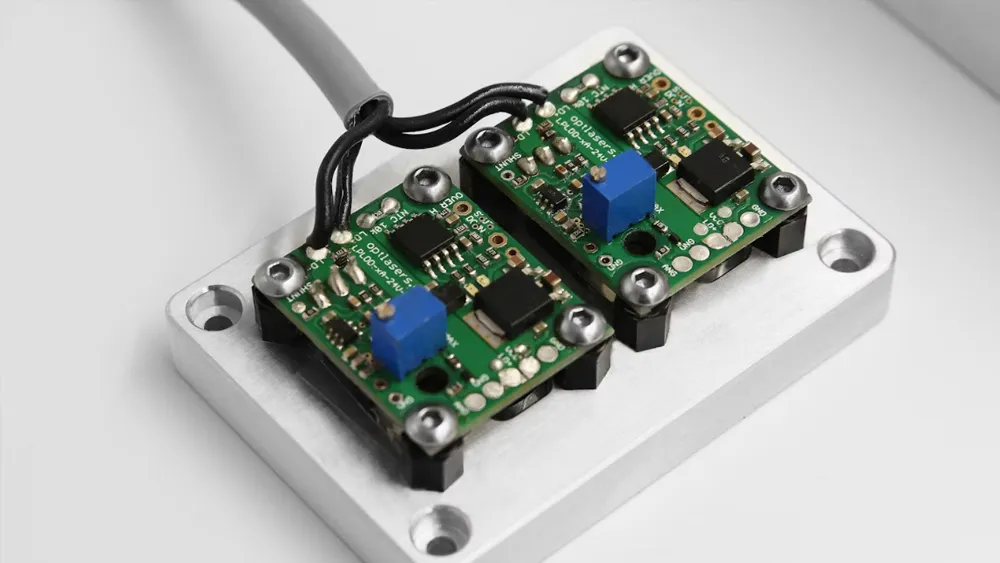 What is EPA Certification in the United States?
What is EPA Certification in the United States?
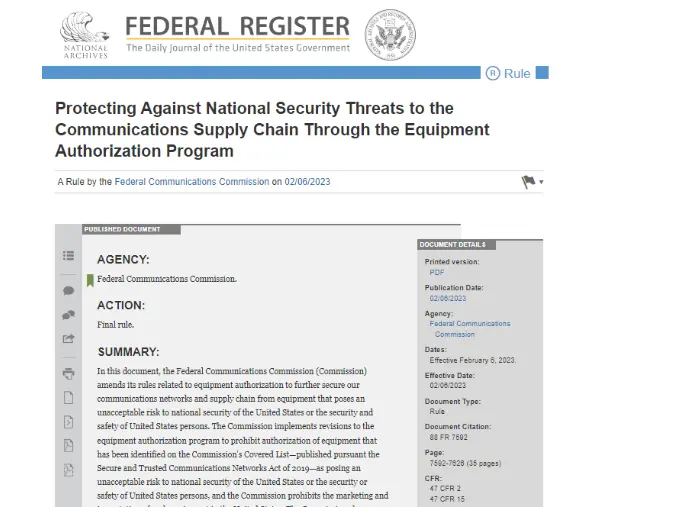 What is an FCC Registered Agent?
What is an FCC Registered Agent?
Leave us a message
24-hour online customer service at any time to respond, so that you worry!




